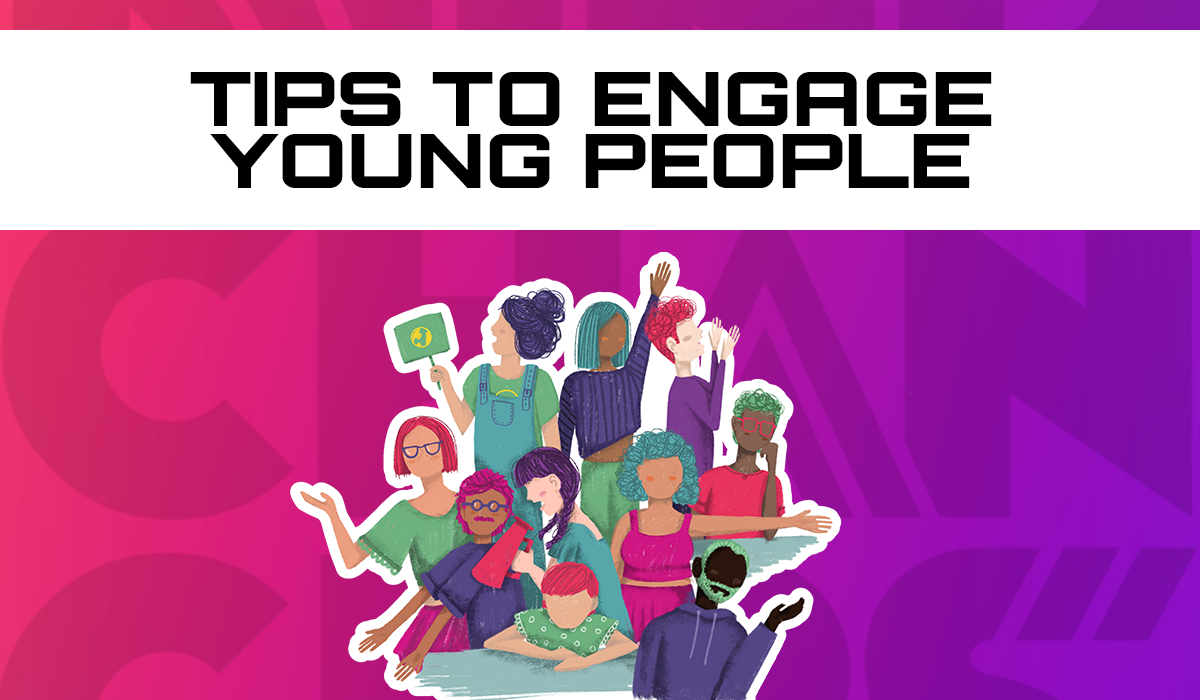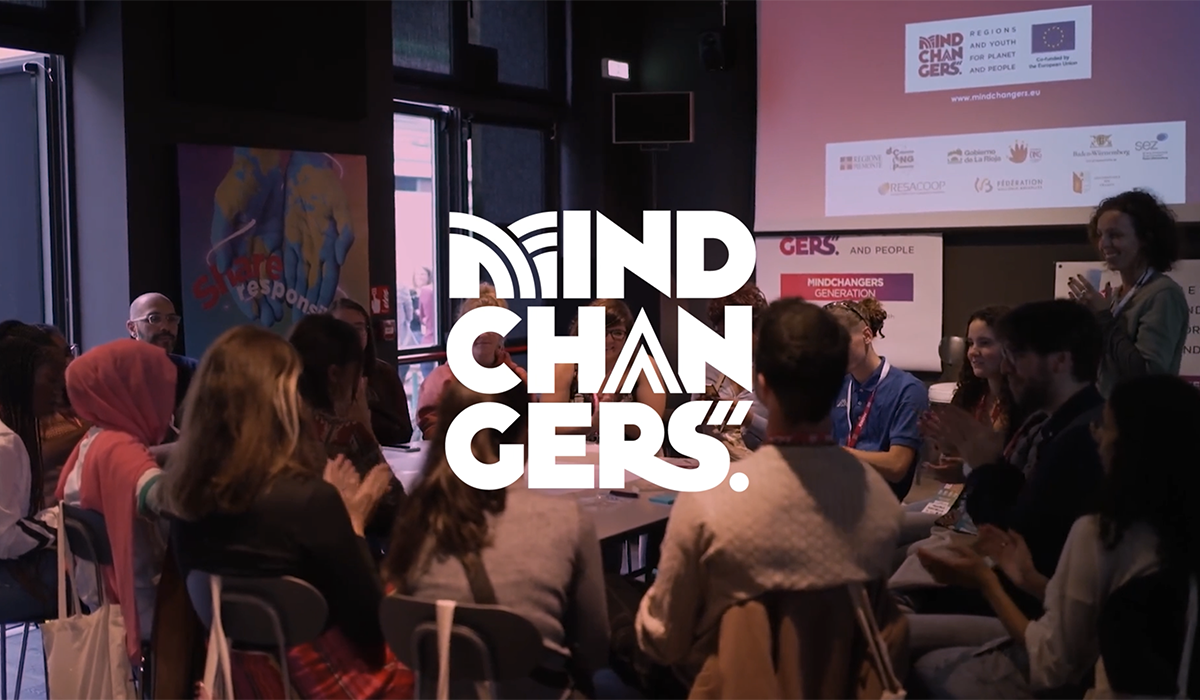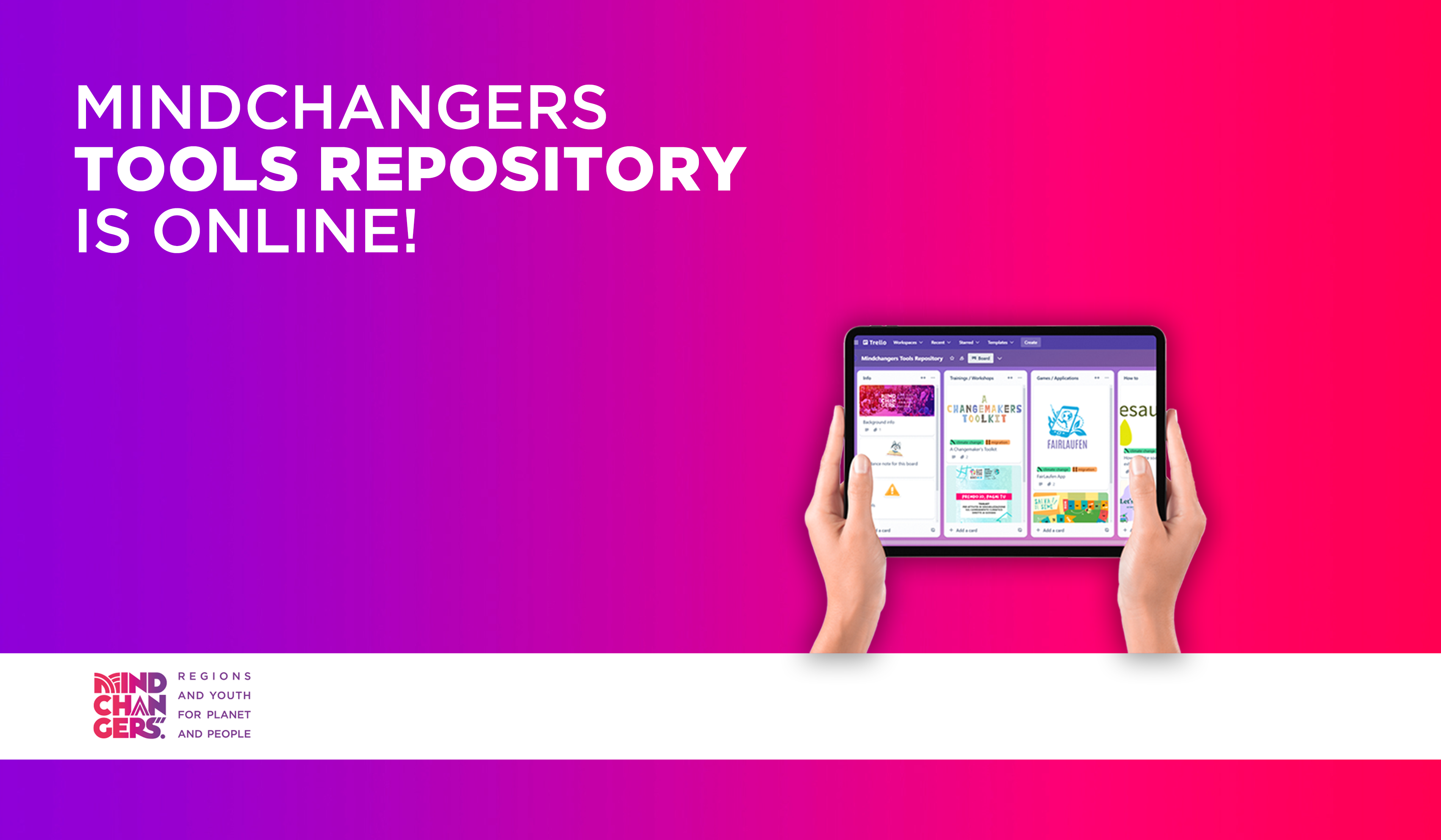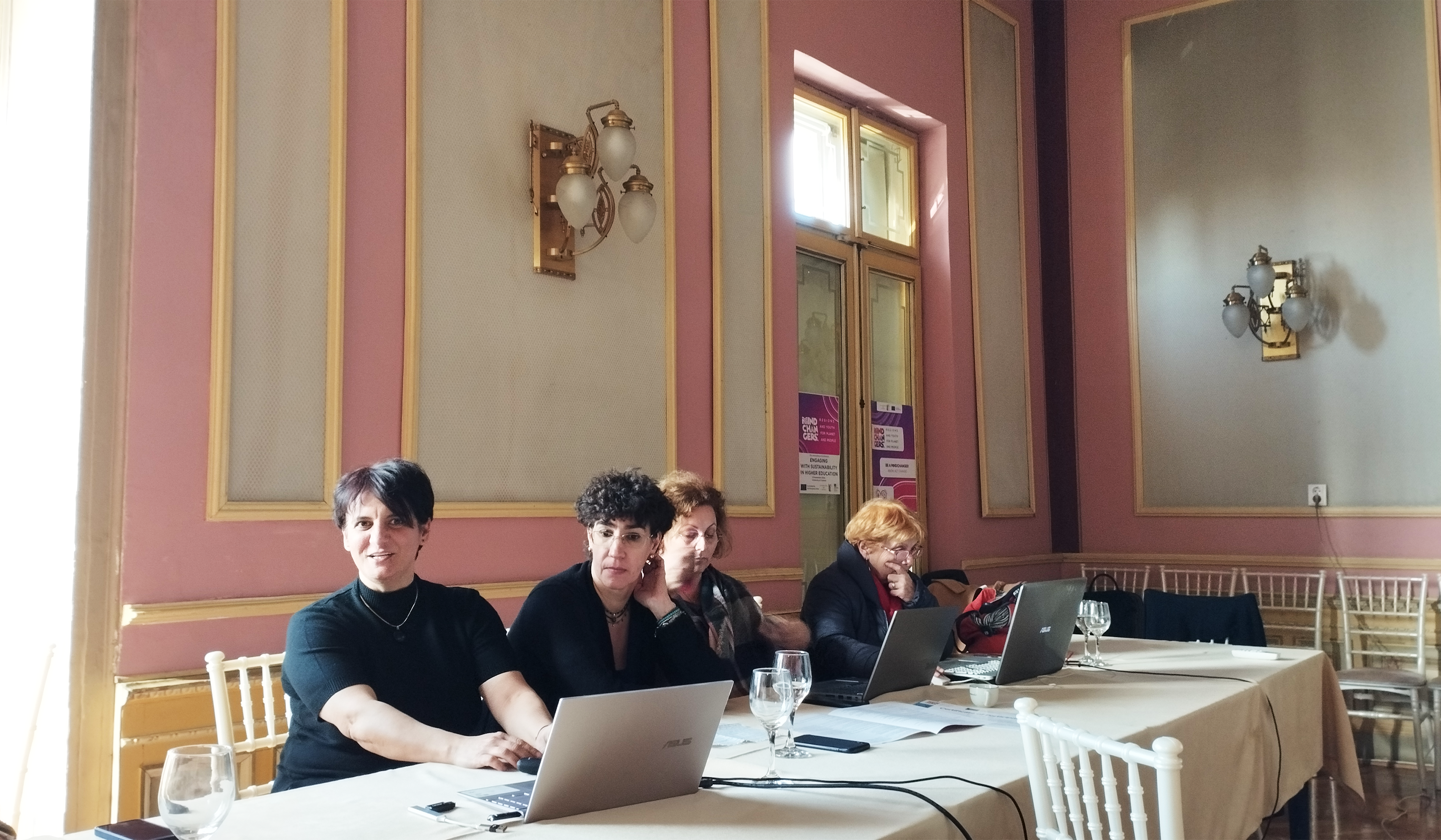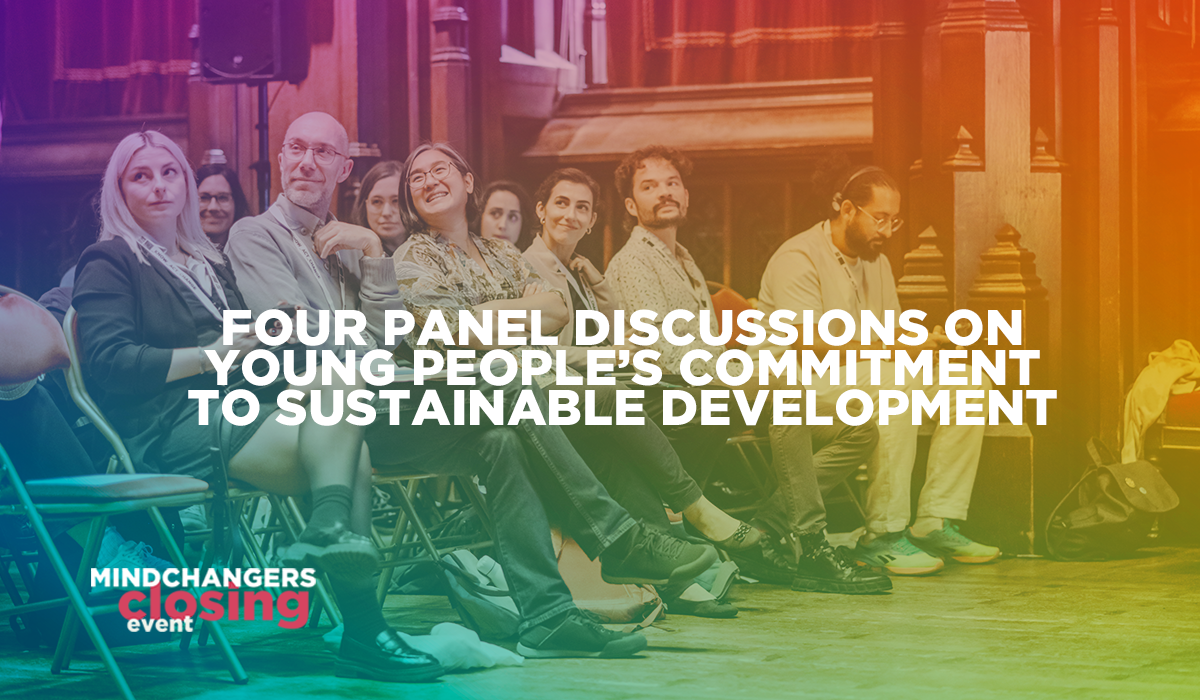Are you struggling to reach and involve young people in your activities? After 650+ questionnaires, 60 structured interviews, 114 subgranted projects and thousands of young people involved, we share with you some useful elements to keep in mind when designing an activity for and with youth.
1. Select the format of the activity carefully
When it comes to engagement on climate change, young people favour taking part in demonstrations, changing their personal transport and eating habits, and sharing information on social media. Forms of engagement related to migration are more focused on volunteering, with young people helping to provide medical, social, logistical or legal assistance to migrants, asylum seekers and refugees.
2. Use the right communication channel
Planning a great activity is not enough, you have to make people know about it! The way you communicate does influence how young people get engaged in the actions you propose. Keep up-to-date with young people’s communication preferences and adapt your message to the channel. You can also involve young people as your testimonials and collaborate with young communicators.
3. Facilitate access to resources
If you have always worked for youth, now’s the time to start thinking about working with them! Give young people the opportunity to plan and develop their own activities. Informal groups and newly created youth organisations struggle in finding funding. Adapt the criteria and reduce administrative burden of the calls for proposals to make funding more accessible. And consider providing capacity building and technical assistance before and during the implementation of activities.
4. Create synergies across sectors
The SDGs teach us that we are all interconnected: apply this also within your entity and create synergies. Many topics – for example the environment, health, food policies – can be addressed with a global approach, and linked to your organisation’s international cooperation activities (and vice versa!). Provide the right conditions for young people to understand the global dimension organising international exchanges or facilitating meetings with diaspora communities.
5. Find new partners
It is impossible to be an expert in every field. For activities or topics that are not really your strong suit, you could involve a partner with renowned expertise. Also, partnerships between a CSO and a LA, or with youth organisations or informal groups of youth, can have a long-lasting impact, working both on the territory and at policy level.
6. Promote the positive effects
Engagement brings a variety of benefits, not only for the community but also at personal, social and professional levels. Highlight the possibility to develop soft and hard skills by taking part in your project. At the same time, make sure that engagement is accessible and suitable to everyone.
Download the practical guide “Youth engagement on the 2030 Agenda” to know more about youth engagement in local authorities and civil society organisations initiatives.


